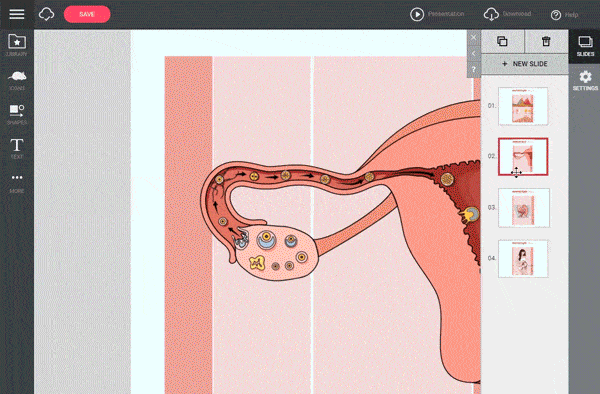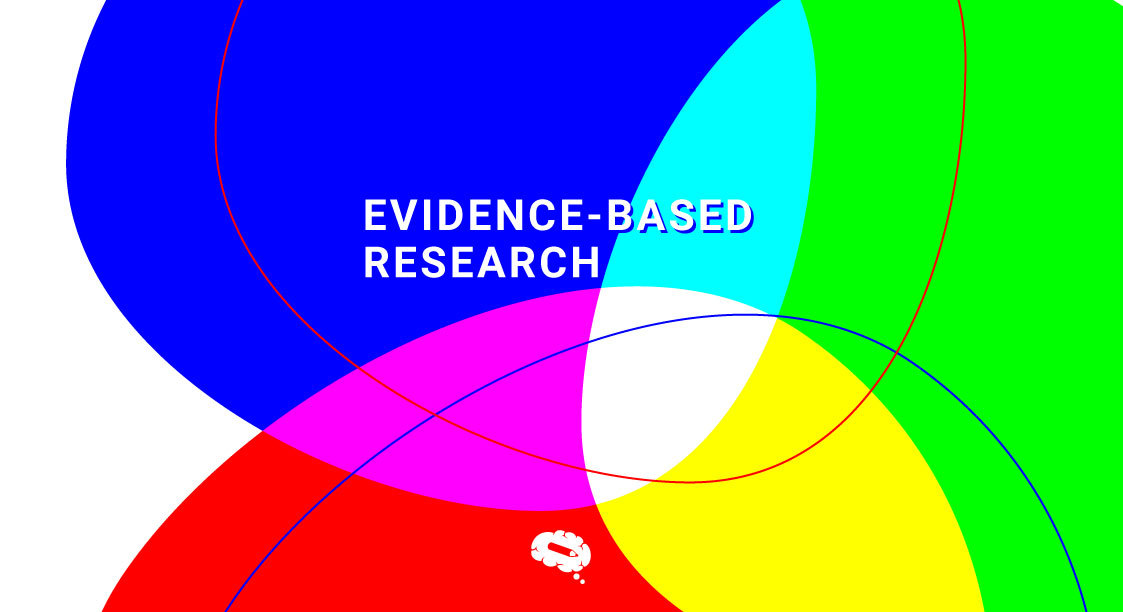Other than genetics and the immune system, human health is a complex combination of physical and mental health that is heavily influenced by elements beyond our control, such as society, policy, the environment, biology, behavior, and lived experiences.
Medical researchers assess the efficacy, safety, and effectiveness of clinical treatments to enhance human health, but in order to be fair, we must account for all of the differences that individuals possess.
This Mind The Graph article will walk you through the meaning of Diversity in Medical Research, the consequences when you don’t have it, and why it is so important.
What are the Consequences of a Lack of Diversity in Medical Research?
There are presently no rules or regulations for diversity in medical research, hence most clinical trials are not highly representative, which causes concern.
The outcomes of a trial cannot be reliable to everyone if it lacks diversity, equity, and inclusiveness, because bodies and individuals are completely different, they have different lives and live in different situations.
One example of lack of diversity is albuterol: albuterol is a medicine created to treat asthma, after years of being approved and prescribed for almost everyone suffering from asthma, a study discovered that it was less effective on people of African heritage than people of European origin.
A prior study conducted by the same researcher discovered that 67 percent of Puerto Rican kids with moderate-to-severe asthma had a reduced response to the medicine.
Use scientific illustrations to increase diversity in your work
The lack of diversity in medical research is everyone’s problem. But with small actions like the use of more diverse illustrations, we can gradually transform the whole scenario. Mind the Graph has the largest scientifically accurate illustrations library in the world. Go check out the diversity of our gallery and get inspiration to start your next science design.
The Importance of Inclusion and Diversity in Medical Research
Medical trials fail to be diverse and inclusive, despite the fact that health is meant to be accessible and beneficial for everyone. Clinical trials frequently relied nearly entirely on white male research participants.
Using just white male participants produces gaps in the trials, and having numerous trials in this condition causes gaps in general health understanding. As a result, there is no quality health care, no method to effectively decrease risk, no way to have good treatment outcomes, and it is difficult to produce more successful medicines.
COVID-19, for example, has disproportionately affected racial and ethnic minority populations, causing some races to be hospitalized more than white ones. They had to make the trial sufficiently representative in order to have a successful vaccine, and by employing inclusive recruiting procedures, researchers were able to establish the vaccination safety and efficacy to all racial and ethnic populations.
Otherwise, if the vaccine was shown to be ineffective in some groups, we would most likely still be in a very hazardous COVID situation.
Visually appealing figures for your research
Creating aesthetically beautiful assets for your research not only helps it stand out, but it can also help your audience understand your subject and findings more efficiently. Use an illustration tool, such as Mind The Graph, to give your work the attention it deserves.


Subscribe to our newsletter
Exclusive high quality content about effective visual
communication in science.




